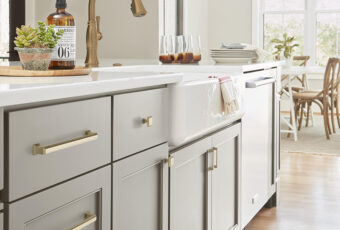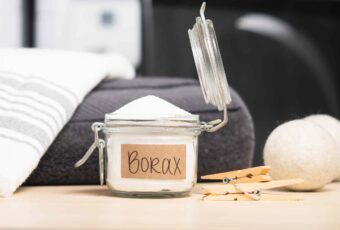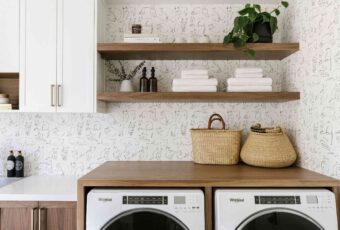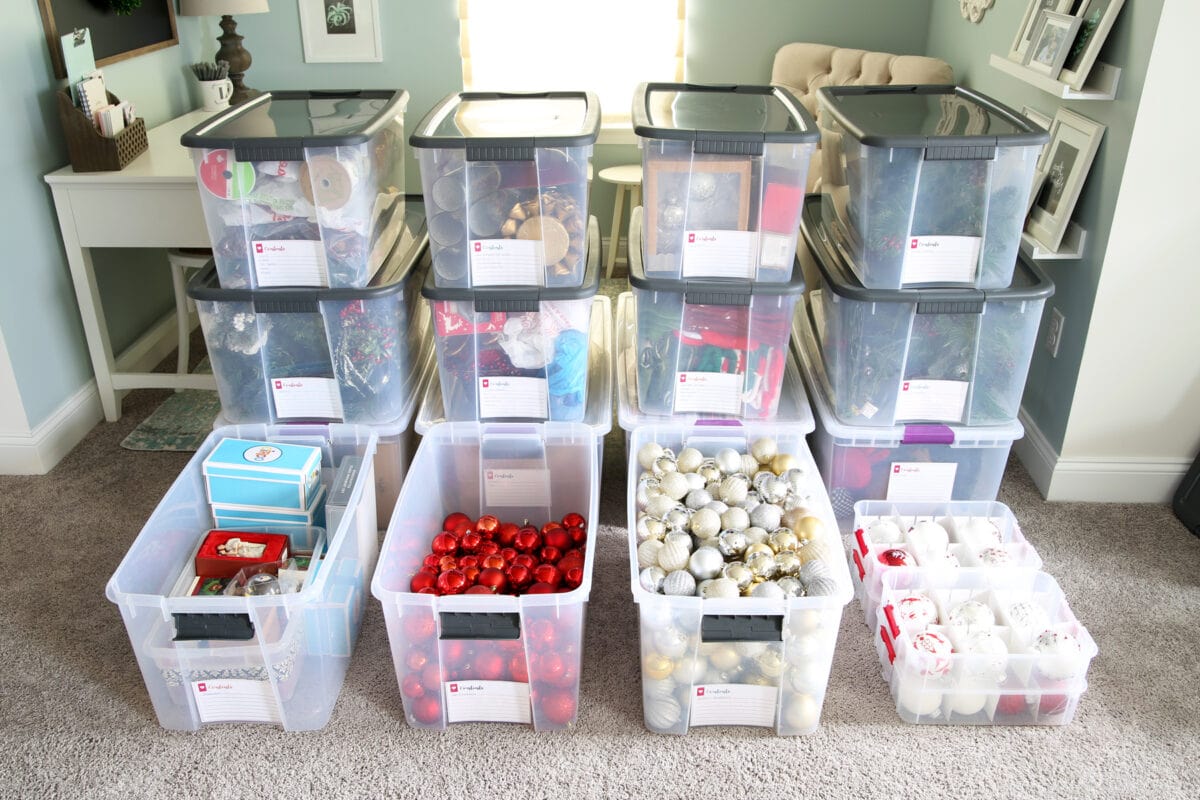
Assess And Sort
Assess and Sort
Before you begin repurposing bins for storage, take stock of your belongings and categorize them. Identify items that are frequently used and need accessible storage, as well as those that can be tucked away. This initial assessment will guide your repurposing efforts and help determine the types and sizes of bins needed.
Labeling and Personalization
Repurposed bins can be transformed into efficient storage by adding labels or personal touches. Utilize adhesive labels, chalkboard paint, or even decorative washi tape to clearly mark the contents of each bin. This not only makes it easier to find items but also adds a stylish and organized aesthetic to your space.
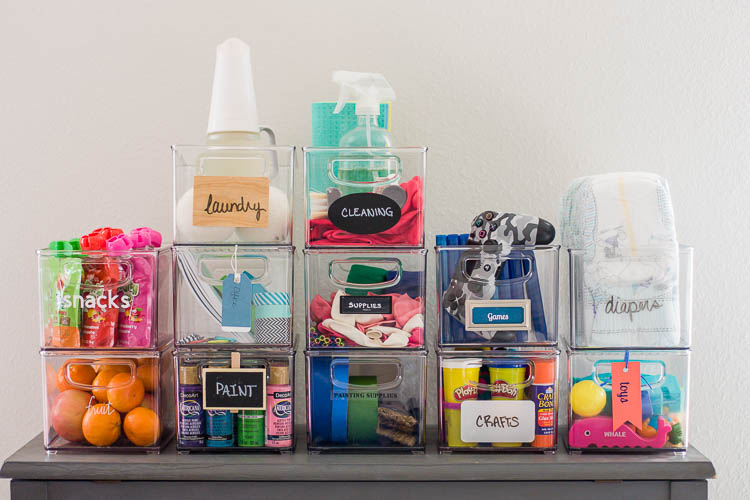
Labeling And Personalization
Vertical Space Optimization
Maximize vertical storage by repurposing bins as shelves or wall-mounted organizers. Attach bins to walls or the inside of cabinet doors to store small items like spices, cleaning supplies, or crafting materials. This innovative approach not only frees up valuable counter space but also keeps essentials within arm’s reach.
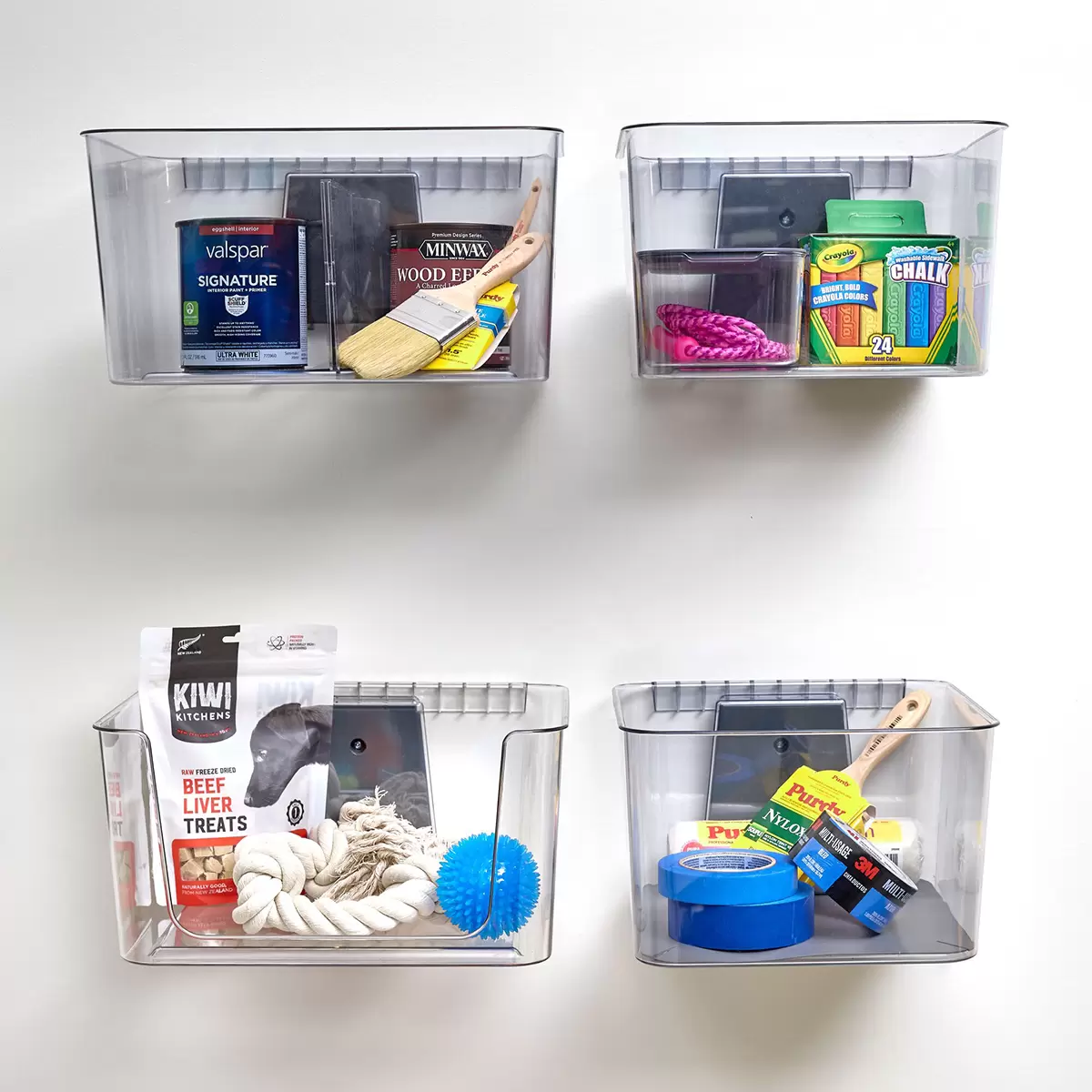
Vertical Space Optimization
Under-Bed and Closet Storage
Bins can be easily repurposed for under-bed storage, allowing you to utilize this often-overlooked space for seasonal clothing, shoes, or extra bedding. In closets, bins can serve as modular organizers, helping to corral accessories, scarves, or handbags, creating a tidy and visually pleasing closet arrangement.
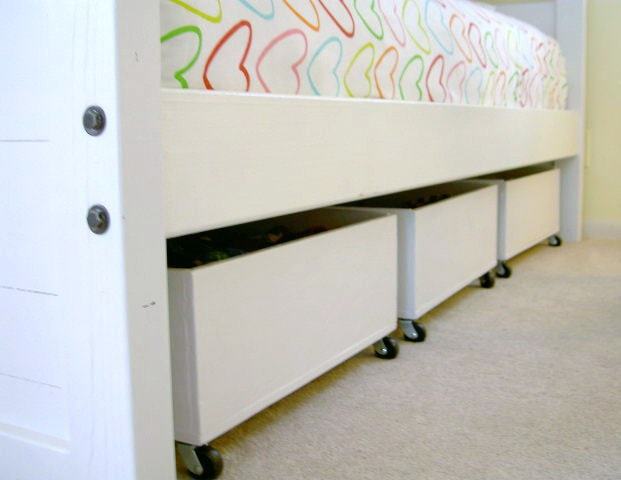
Under Bed And Closet Storage
Mobile Storage Solutions
Turn repurposed bins into mobile storage solutions by adding caster wheels or handles. These bins can serve as rolling toy storage for children’s playrooms, mobile crafting stations, or even portable gardening tool organizers. The flexibility to move these bins around your space enhances convenience and adaptability.
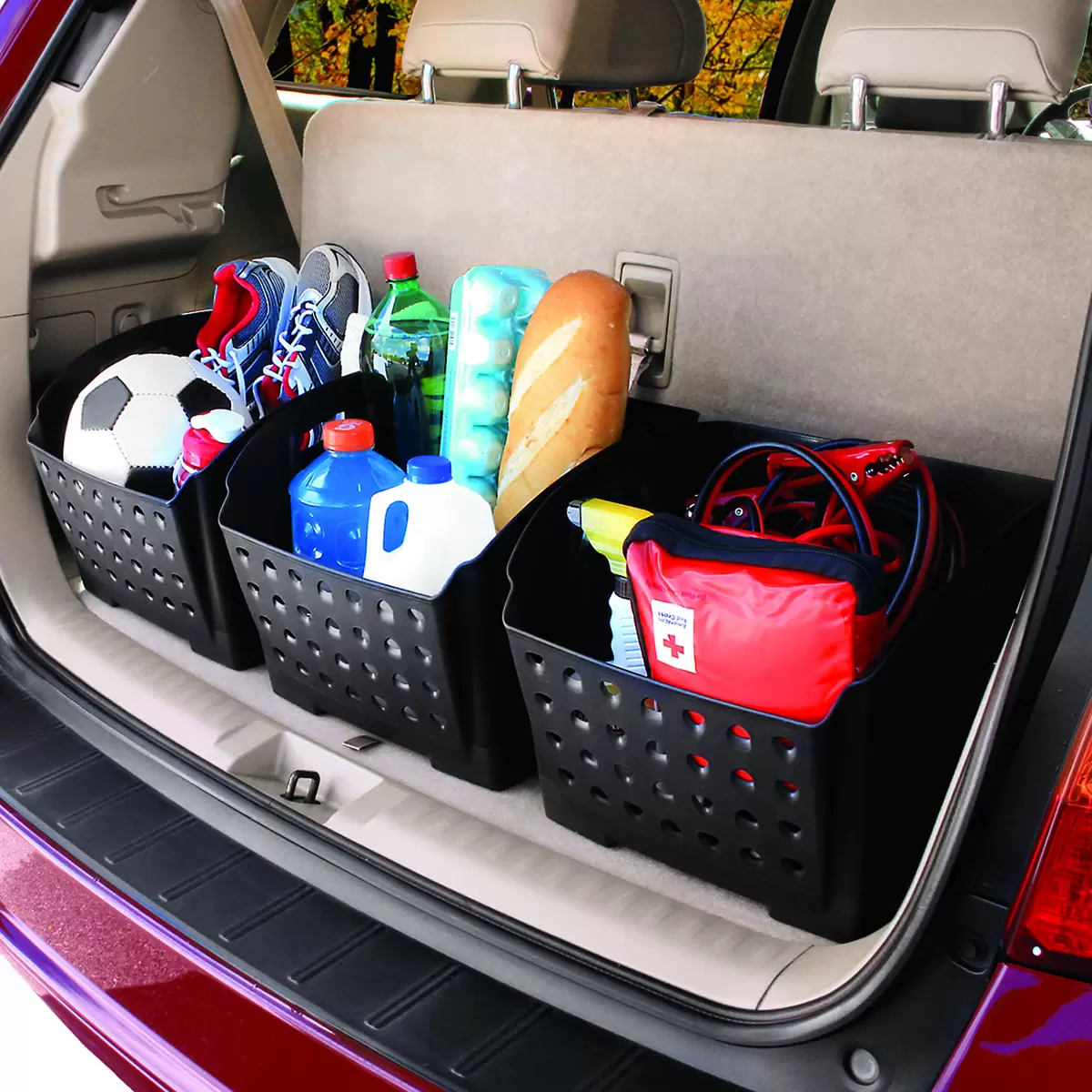
Mobile Storage Solutions
Outdoor and Garage Storage
Repurposing bins extends beyond indoor spaces. In outdoor settings or garages, bins can be used to neatly stow gardening tools, sports equipment, or camping gear. Weather-resistant bins can protect items from the elements, while clear bins make it easy to quickly identify contents.
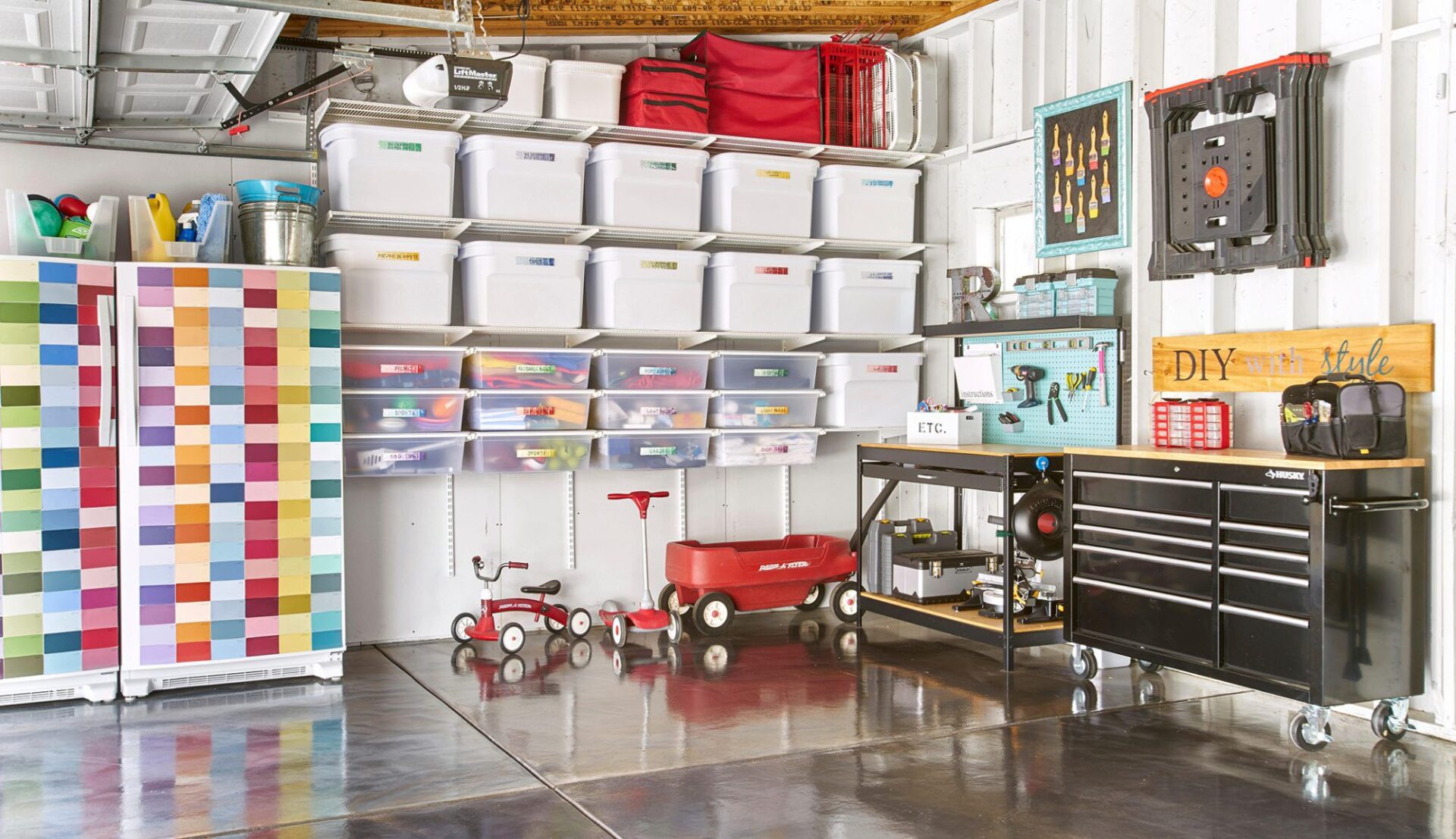
Outdoor And Garage Storage






